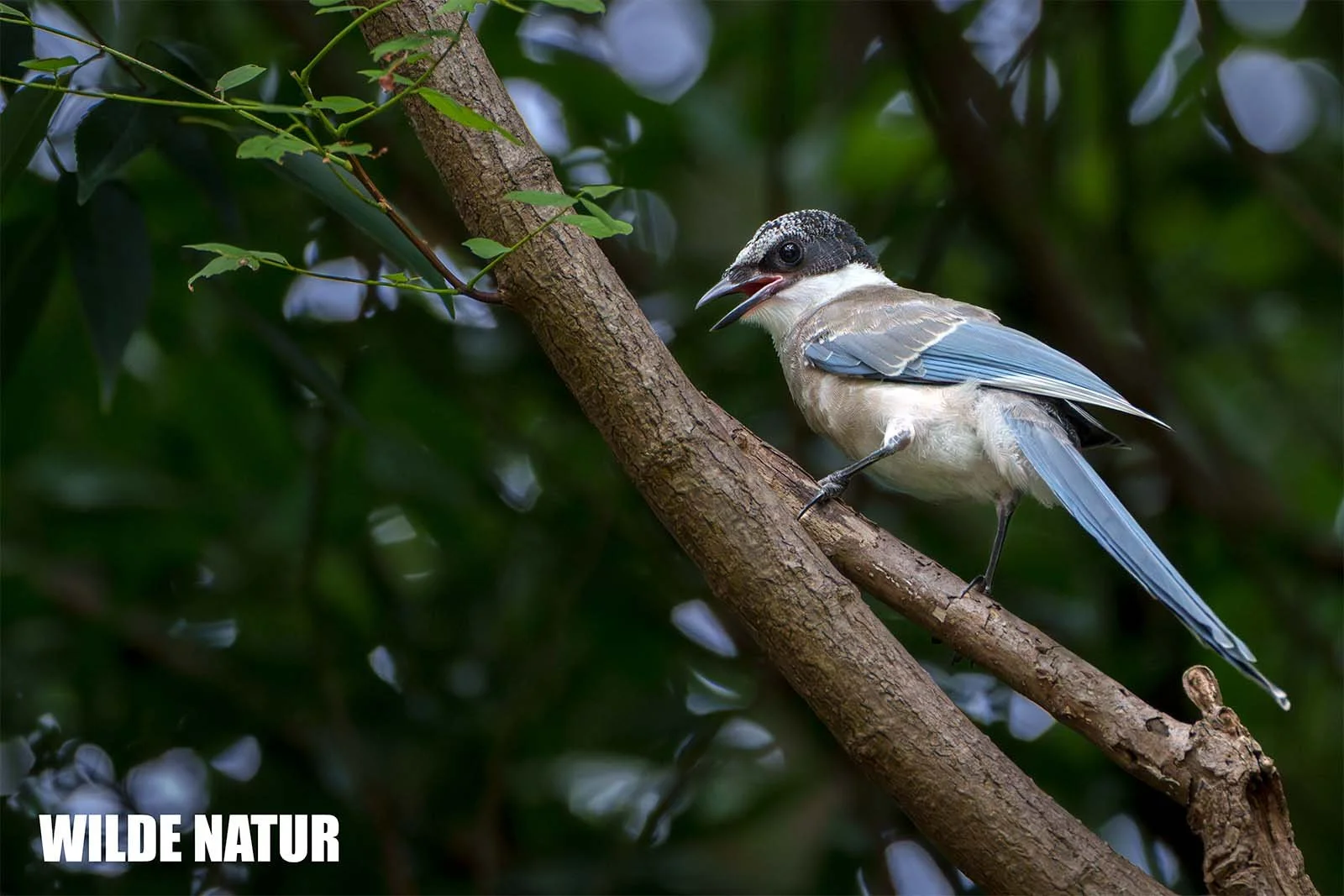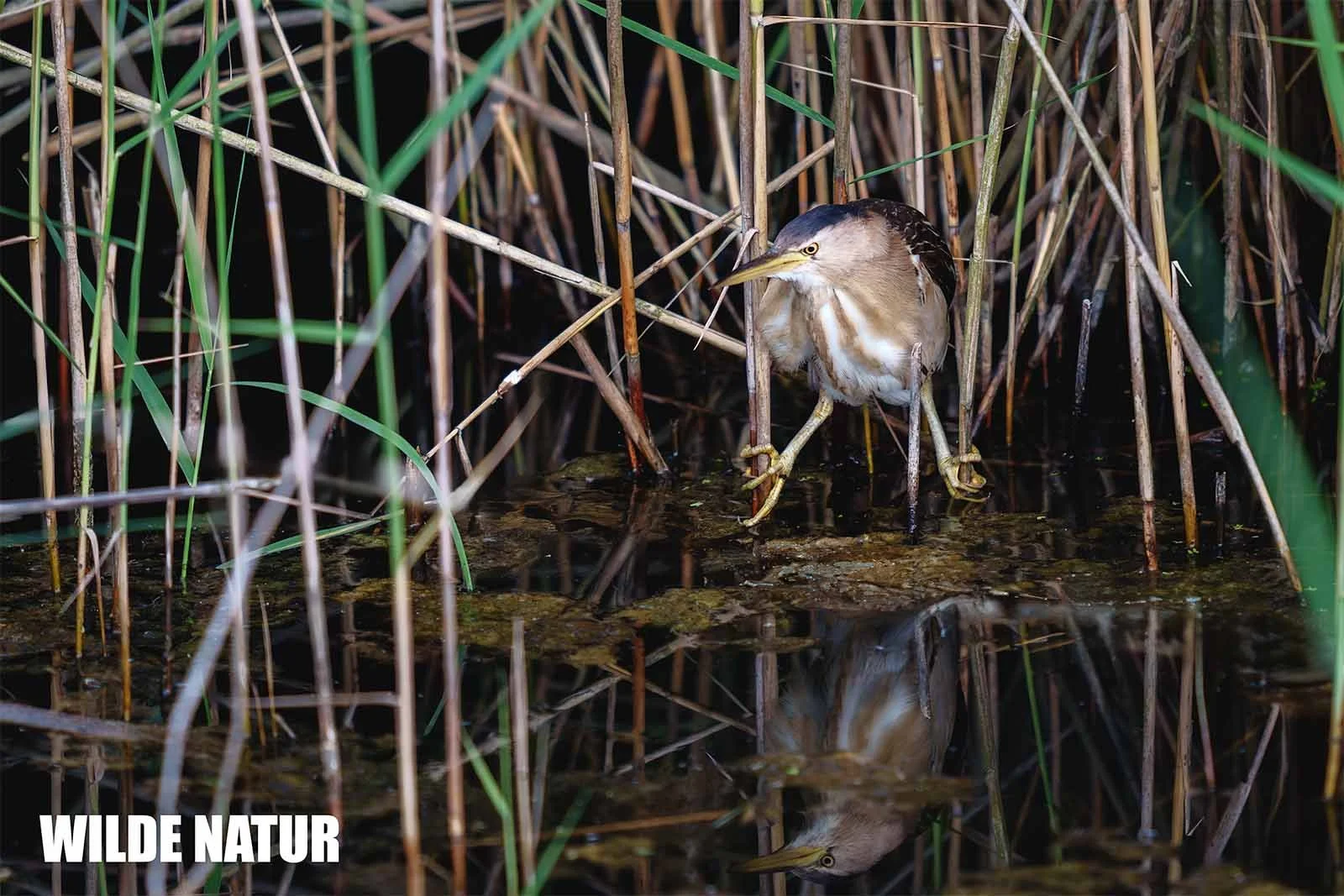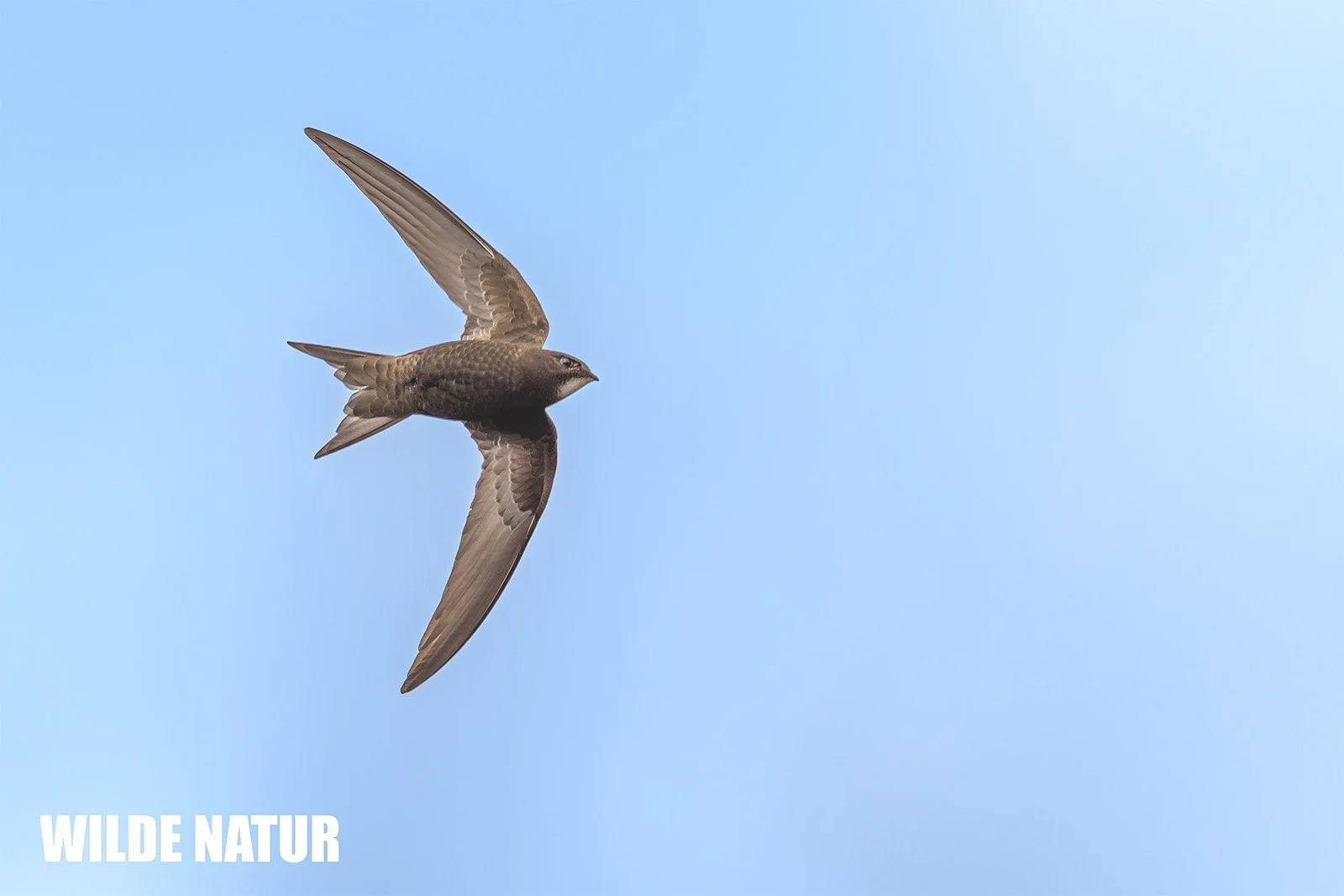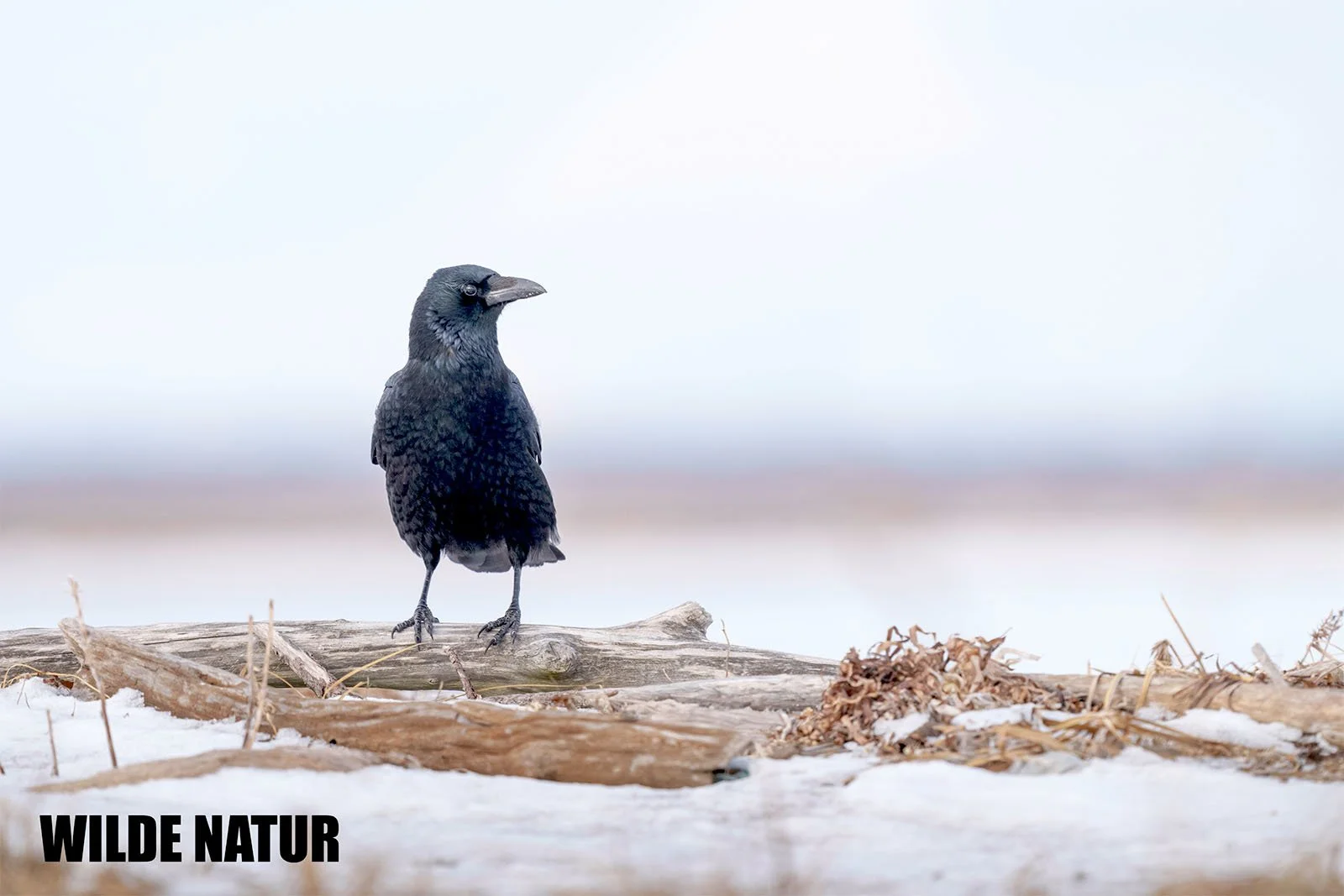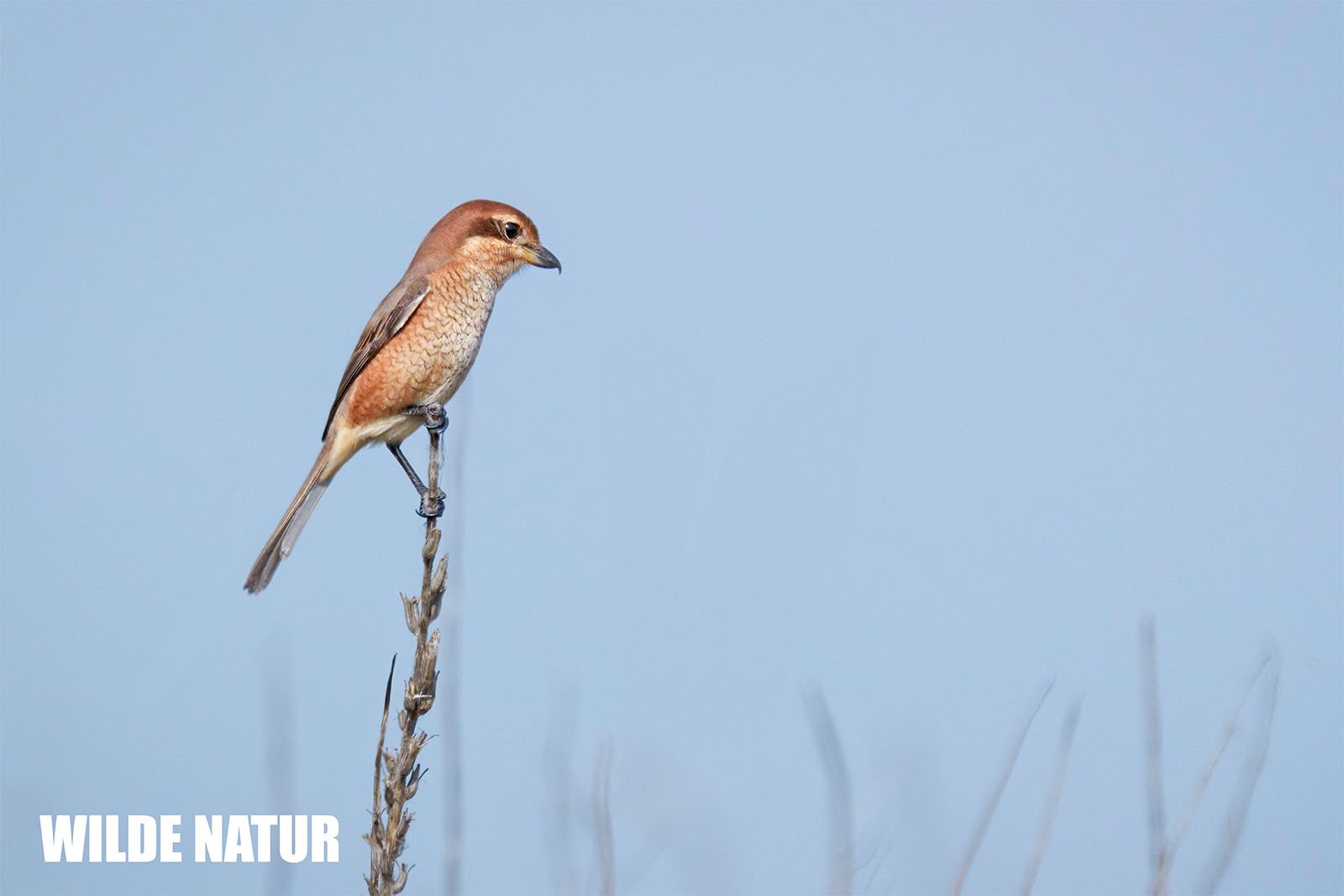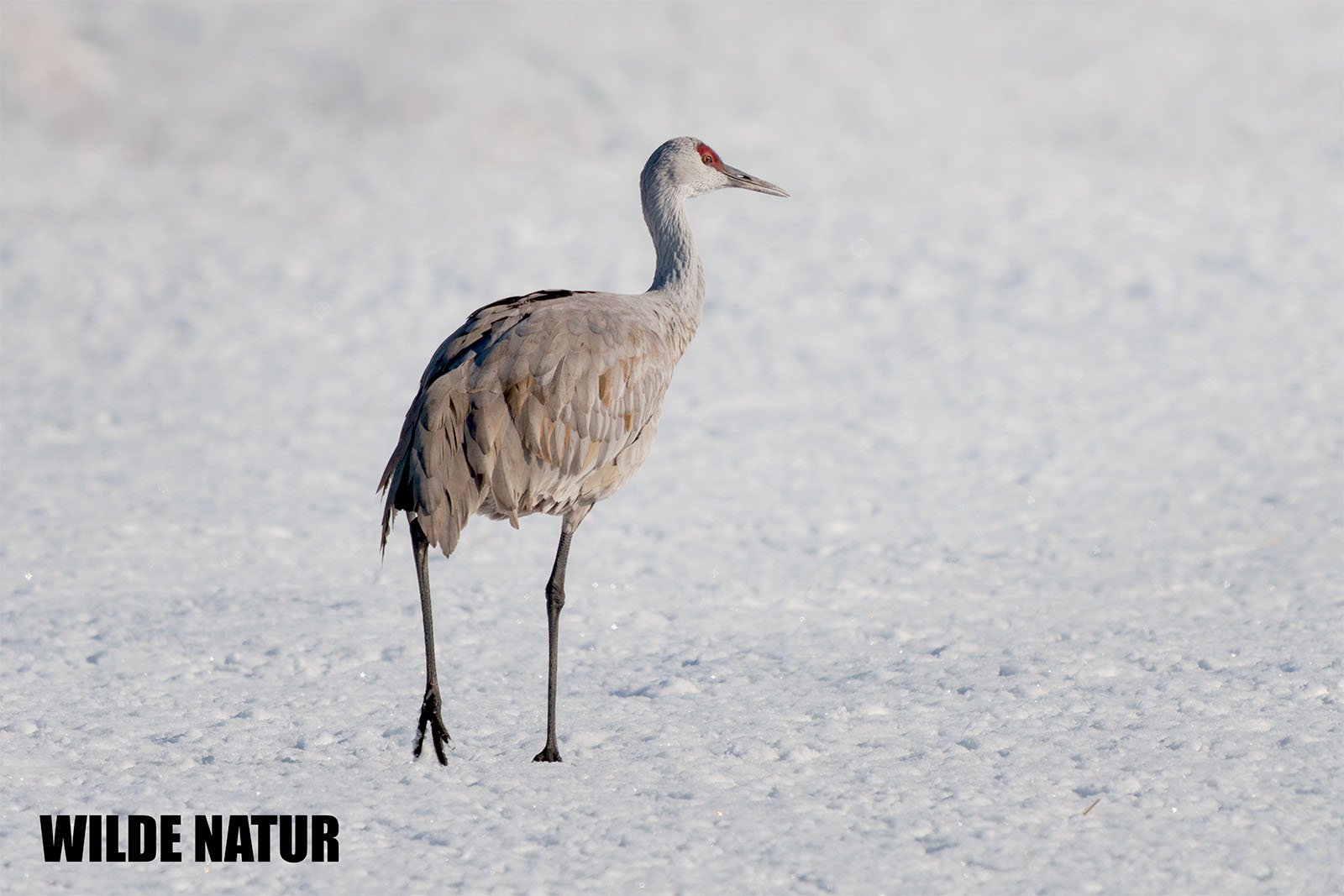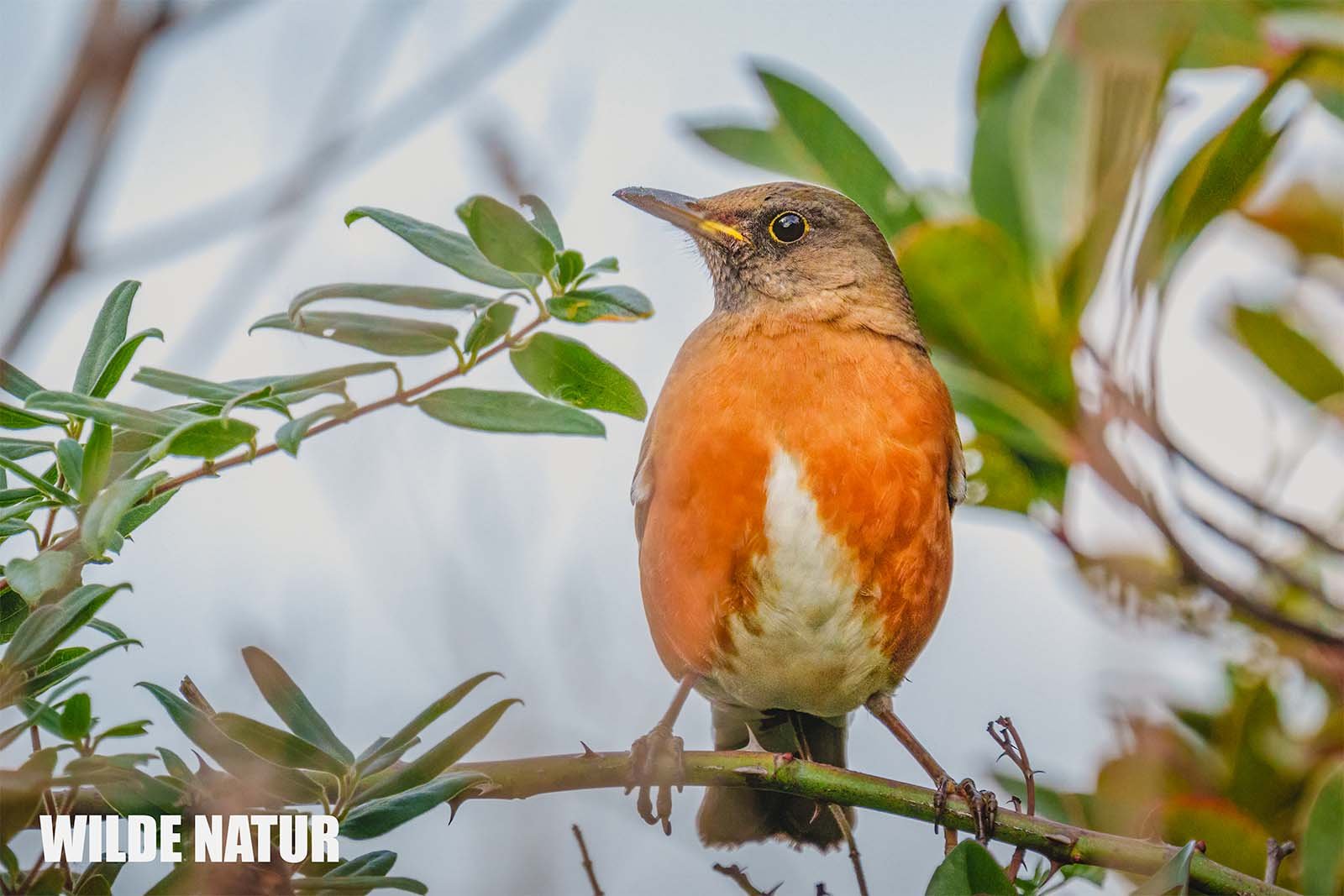Carrion crow (Corvus corone)
Carrion crow (Corvus corone)
Carrion Crow – Black Strategist of Urban Life
The Carrion Crow (Corvus corone) is an intelligent and adaptable urban dweller. From rooftops to rice fields, this black-feathered bird thrives alongside humans across Japan.
Shortlist
Entirely black plumage with a violet sheen
Common across Japan – cities, fields, coasts
Omnivorous and highly intelligent
Builds large nests from branches, wire, and plastic
Plays a vital ecological role as scavenger
Scientific Name: Corvus corone
Common Name (DE): Rabenkrähe
Common Name (EN): Carrion Crow
Size: 46–50 cm
Weight: 450–600 g
Color: Black, with a metallic sheen
Bill: Strong, slightly curved
Diet: Carrion, insects, nuts, leftovers, small animals
Breeding: March–June, 3–6 eggs, large nest
Seasonality: Year-round
Habitat: Cities, fields, forests, coasts
Migration: Sedentary
Conservation Status: Not threatened
Table of Contents
- Introduction
- Appearance
- Habitat
- Diet
- Breeding
- Migration
- Conservation Status
- Descriptive Imagery
- Conclusion
Introduction
The Carrion Crow is one of the most recognizable and intelligent birds in Japan. Whether perching on rooftops, picking at trash, or patrolling rice fields, it has mastered life alongside humans. Its smart, strategic behavior makes it both respected and misunderstood.
Appearance – A Bird Dipped in Ink
The crow is entirely black—from its bill to its talons. But up close, its plumage shimmers in hues of blue and violet depending on the light.
- Bill: Stout, curved—like a built-in tool
- Eyes: Deep brown to black
- In flight: Broad, rounded wings; fan-shaped tail
Its silhouette in the sky is unmistakable: a powerful glider with calculated movements.
Habitat – Anywhere There’s Something to Gain
Carrion Crows are widespread across Japan:
- Islands: Hokkaidō, Honshū, Shikoku, Kyūshū
- Habitats:
- Cities and suburbs
- Farmlands, forests, coastlines
- Cemeteries, parks, rooftops, utility poles
They are classic urban adapters—creatures that deliberately exploit human environments.
Diet – Opportunist With a Plan
Crows are resourceful omnivores:
- Diet includes:
- Carrion and garbage
- Insects, worms, mice, small birds
- Eggs, rice, nuts, food scraps
- Behavior:
- Crack nuts by dropping them on roads
- Cache food in hidden spots
- Watch and learn from humans and other crows
They are not only survivors—but strategists.
Breeding – Big Nests, Smart Chicks
Between March and June, Carrion Crows build impressively large nests.
- Nest materials: Branches, wire, even plastic
- Locations: High in trees or atop utility poles
- Eggs: 3–6 per clutch
- Incubation: 17–19 days
- Parenting: Both adults feed the young; fledglings stay with parents for weeks
The young are well-protected, raised in a carefully chosen territory.
Migration – Sedentary and Loyal to Home
- Resident bird: Typically stays within its territory all year
- Some movement: Local shifts depending on food availability
- Winter: May form larger foraging flocks in food-rich areas
Conservation Status – Smart, Abundant, and Resilient
- In Japan: Not threatened; very common
- Conflicts with humans:
- Seen as pests—raiding trash, orchards, and crops
- Ecological role:
- Efficient scavenger—helps remove carcasses
- Valuable component of urban ecosystems
Despite human tensions, their ecological contribution is undeniable.
Descriptive Imagery – For Visually Impaired Readers
Imagine a bird cloaked in shimmering black, with a sturdy, tool-like beak and coal-black eyes. It strides confidently on the ground, scanning its surroundings like a careful inspector.
In flight, it spreads broad wings and glides with steady purpose. Every move is deliberate—this is not a timid bird, but one that observes, learns, and adapts with remarkable ease.
Conclusion
The Carrion Crow is not just a black bird—it’s a symbol of intelligence and resilience in a human-shaped world. Adaptable, observant, and ecologically vital, it reminds us that success in nature isn’t about size or beauty—but strategy and understanding. A true master of modern coexistence.



